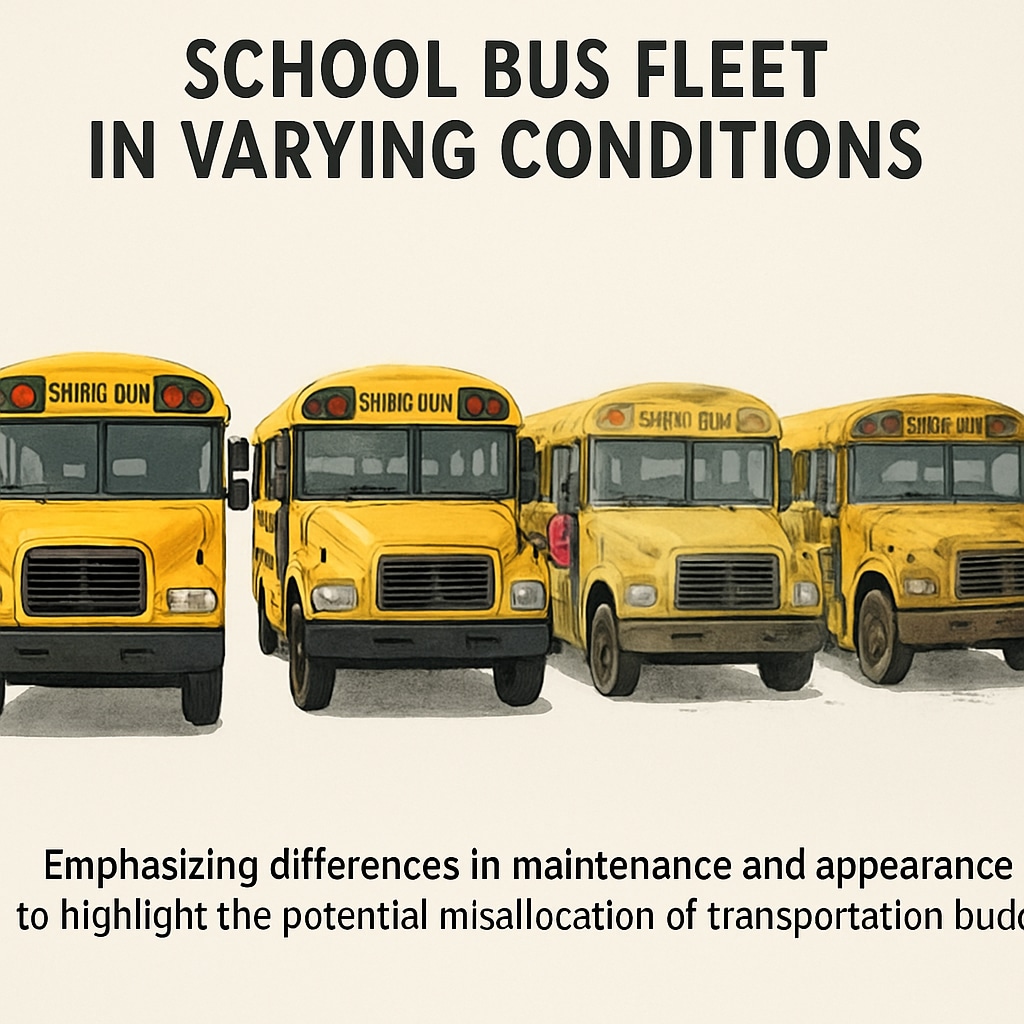The allocation of funds in K12 education plays a critical role in shaping every student’s learning experience. However, when it comes to per-student spending, the lack of transparency in educational budgets can create significant disparities. This article delves into how funding mechanisms influence per-student financial data and uncovers potential pitfalls created by opaque practices. By examining real-world examples like school transportation policies, we aim to highlight the urgent need for a more transparent and accountable funding system.
How Funding Disparities Shape Per-Student Spending
Per-student spending is often used as a benchmark for evaluating educational quality. However, the way funds are distributed can significantly distort these figures. For example, some districts may allocate large portions of their budgets to administrative overhead, inflating the per-student spending figures without directly benefiting students. Similarly, external factors like local tax revenues or state subsidies introduce variability, creating inequities between wealthy and underprivileged districts.
In addition, essential services such as special education programs or school meal initiatives often require substantial funding, which can further complicate how per-student spending is calculated. Districts that lack clear reporting guidelines may intentionally or unintentionally misrepresent the distribution of their budgets, making it challenging to assess whether resources are being equitably allocated.

The Role of Budget Transparency in Equitable Education
Budget transparency—or the lack thereof—has a profound impact on how resources are distributed across schools and students. Without clear and accessible data, stakeholders such as parents, teachers, and policymakers are left in the dark about how funds are spent. This lack of oversight can lead to the mismanagement of resources or, worse, deliberate manipulation of financial data to present a favorable image.
For example, school transportation is a critical yet often overlooked area where budget transparency matters. Transportation costs vary widely depending on factors such as geography, district size, and the condition of the bus fleet. In some cases, a significant portion of the budget is allocated to maintaining outdated vehicles rather than investing in more efficient alternatives. This misallocation not only inflates per-student spending figures but also diverts funds away from classroom resources.

Building a Transparent and Accountable Funding System
To address these issues, it is crucial to establish a funding system that prioritizes transparency and accountability. Here are some key recommendations:
- Standardized Reporting: Implementing uniform guidelines for financial reporting can help stakeholders easily compare data across districts.
- Community Involvement: Encouraging input from parents, teachers, and community members ensures that budget decisions reflect local priorities.
- Auditing and Oversight: Regular audits by independent organizations can identify inefficiencies and prevent mismanagement.
- Investing in Technology: Modern financial management tools can improve accuracy and accessibility in budget reporting.
By adopting these practices, districts can ensure that every dollar spent directly contributes to improving student outcomes, rather than being lost in administrative inefficiencies or misallocated resources.
Conclusion: The Road Ahead for Equitable Education Funding
In conclusion, the connection between funding practices, per-student spending, and budget transparency is undeniable. Without clear and accountable reporting mechanisms, it becomes nearly impossible to address the disparities that plague our education system. By shedding light on these issues and advocating for systemic reforms, we can move closer to a future where every student receives the resources they need to succeed.
For further reading on education funding policies, visit Education Funding on Wikipedia or Public School Finance on Britannica.
Readability guidance: Focus on concise paragraphs, clear language, and practical recommendations. Use real-world examples to illustrate points and maintain a balanced tone throughout the article.


